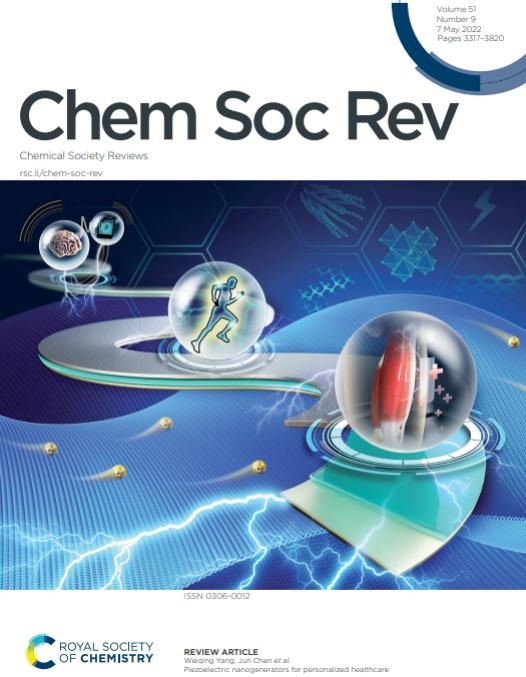高能量密度锂电池系统:从关键正极材料到袋式电池设计。
IF 39
1区 化学
Q1 CHEMISTRY, MULTIDISCIPLINARY
引用次数: 0
摘要
正在进行的能源革命和储能技术的发展需要超过500 Wh kg-1的高能量密度锂电池系统。然而,使用石墨作为阳极的商业化锂离子电池,其理论能量密度有限,约为350 Wh kg-1,距离这一目标还很远。与多种正极材料相匹配的锂金属电池在实践中具有实现超高能量密度的巨大潜力。然而,lmb的能量密度在很大程度上取决于不同类型阴极的能量密度。因此,研究如何提高各种正极材料在实际工作条件下的输出能量密度和耐久性,是实现超高能量密度lmb的必要条件。在本文中,我们从关键正极材料到袋状电池结构设计的角度,系统地探讨了实现高能耐用lmb的途径。讨论了钴酸锂阴极、高镍氧化物阴极、富锂氧化物阴极、硫阴极和氧阴极等五种极具发展前景的阴极材料的基本特性和面临的主要挑战,并总结了解决关键瓶颈的可行方案和最新进展。此外,以袋状电池结构为典型模式,我们精确地总结了袋状电池中各组分对能量密度的影响,并提供了在袋状电池中使用不同正极材料获得最大实际能量密度的详细途径。本文综述对促进高能量密度lmb的实际应用具有一定的指导意义。本文章由计算机程序翻译,如有差异,请以英文原文为准。
High energy density lithium battery systems: from key cathode materials to pouch cell design.
The ongoing energy revolution and technological development of energy storage require high-energy-density lithium battery systems beyond 500 Wh kg-1. However, the commercialized lithium-ion batteries using graphite as the anode with a limited theoretical energy density of about 350 Wh kg-1 are far from this goal. Promisingly, the lithium metal batteries (LMBs) matched with a variety of cathode materials have great potential to achieve ultra-high-energy-densities in practice. Nevertheless, the energy density of LMBs depends greatly on the energy density of different types of cathodes. Therefore, research on how to improve the output energy density and durability of various cathode materials under practical working conditions is essential for realizing the ultra-high-energy-density LMBs. In this review, we systematically explore the pathway to achieving high-energy and durable LMBs from the perspective of key cathode materials to pouch cell configuration design. We discuss the fundamental characteristics and key challenges of five promising cathode materials, including a lithium cobalt oxide cathode, a high-nickel oxide cathode, a Li-rich oxide cathode, a sulfur cathode, and an oxygen cathode, and also summarize the feasible solutions and recent progress in addressing the key bottlenecks. Furthermore, using pouch cell configurations as a typical pattern, we precisely summarize the impact of each component in pouch cells on energy density and provide detailed routes for acquiring the maximum practical energy density by using different cathode materials in pouch cells. This review offers guidelines for promoting the practical applications of high-energy-density LMBs.
求助全文
通过发布文献求助,成功后即可免费获取论文全文。
去求助
来源期刊

Chemical Society Reviews
化学-化学综合
CiteScore
80.80
自引率
1.10%
发文量
345
审稿时长
6.0 months
期刊介绍:
Chemical Society Reviews is published by: Royal Society of Chemistry.
Focus: Review articles on topics of current interest in chemistry;
Predecessors: Quarterly Reviews, Chemical Society (1947–1971);
Current title: Since 1971;
Impact factor: 60.615 (2021);
Themed issues: Occasional themed issues on new and emerging areas of research in the chemical sciences
 求助内容:
求助内容: 应助结果提醒方式:
应助结果提醒方式:


